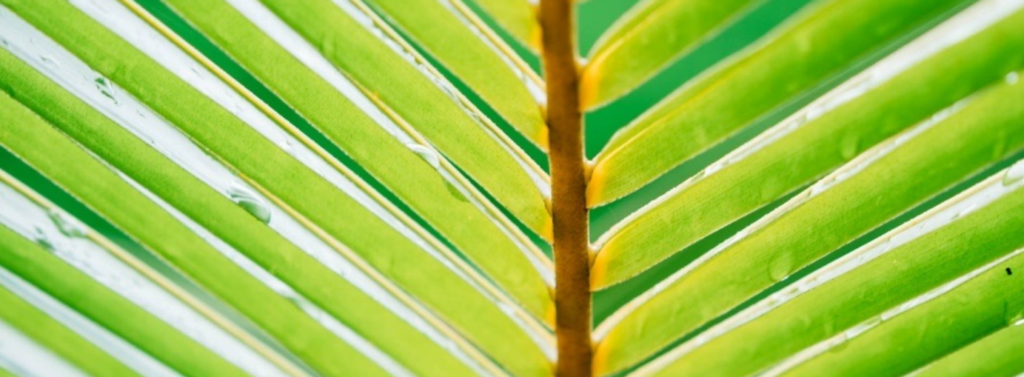

Palms are bright representatives of decorative deciduous plants. They are bought and bred precisely for the sake of beautiful, unusual, carved leaves. Despite the fact that the birthplace of most palm trees is the tropics and subtropics, they feel great in our apartments.
When growing palm trees indoors, you need to understand that success depends not so much on watering and fertilizing, but on a well-chosen place: there should be a lot of light and no drafts, at least at an early stage of development.
fertile, well-drained soil with an acidity pH of 5.5 – 7.0.
In winter, heat-loving palm trees are kept at +14…+16°С, other types +8…+10°С. The optimal temperature for growth is +16…+18°C.
high.
In summer and spring, the palm tree needs abundant watering, and in winter – moderate. In summer, the leaves are sprayed in the morning or evening; in winter, they are wiped with a soft sponge soaked in warm water 2 times a month.
Organic palm fertilizers or slow-release mineral fertilizers are used, which can be applied either dry or in the form of solutions. The frequency of feeding is once a month or once every six months.
sowing seeds of early-ripening varieties in open ground – from April to May, mid-ripening and late – from April to mid-June. You can sow early varieties before winter – at the end of October or at the beginning of November. Sowing seeds for seedlings can begin in April, and seedlings are planted in open ground in May. When growing lettuce at home, sowing is done at any time.
seeds, dividing the bush, cuttings.
caterpillars, mealybugs, scale insects, herbivorous mites, thrips.
The planting hole is dug twice as large as the diameter of the earthen ball (plant root system), and 10-15% deeper than the height of the root system.

Ficus is one of the most common and favorite indoor plants among gardeners. The reason for this is, first of all, the beauty and decorativeness of ficuses, as well as ease of care and unpretentiousness.
fertile, loose, moisture- and breathable slightly acidic soil.
optimal temperature +18…+35°С.
moderate. The soil should dry out a little between waterings. Additionally, the plant is sprayed.
October-February.
nitrogen-containing fertilizers once every 10-14 days. In winter, fertilizers are not needed.
It is better to transplant in early spring. If the plant is less than 4 years old, it needs to be replanted annually. If more than 4 years – once every couple of years.
cuttings, leaves, layering.
spider mites, scale insects, mealybugs, nematodes.